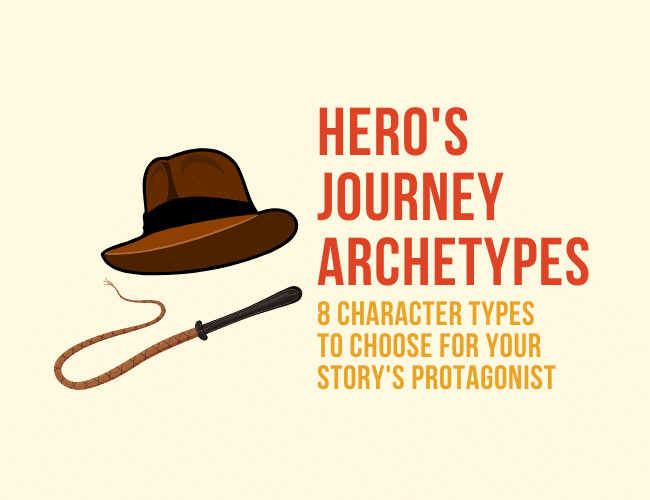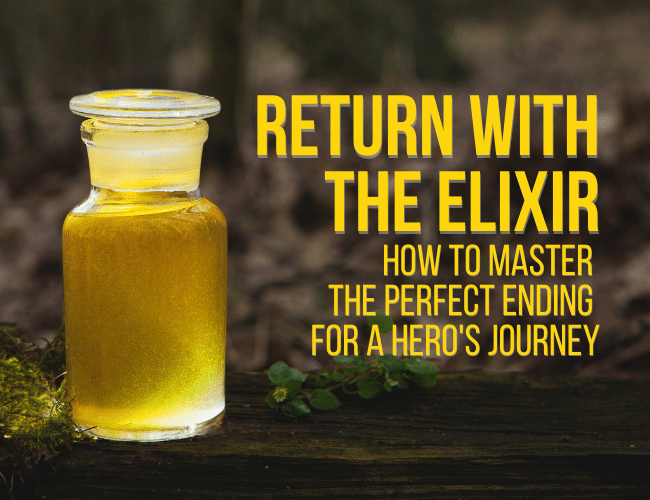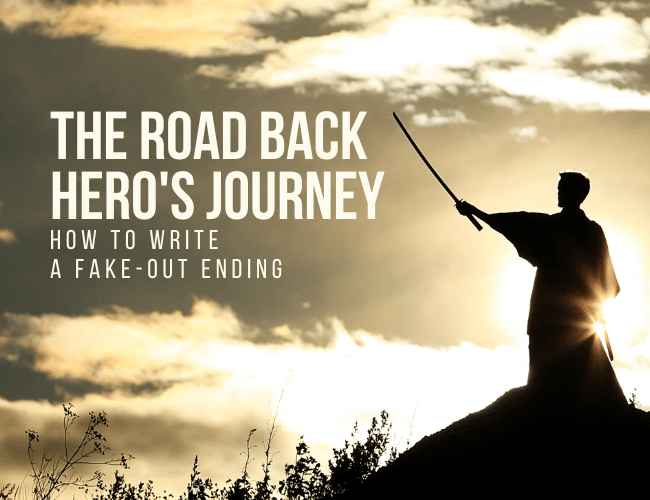
by David Safford |
What do you get when you string a bunch of scenes together?
A story!
Since stories are composed of individual scenes, it makes sense to study them and figure out which scenes your story will need. And if you’re going to write a Hero’s Journey (in any genre), there are some scenes, or situational archetypes, that your reader will instinctively expect your story to include.
Let’s explore five essential scenes to write in your next Hero’s Journey story!

by David Safford |
There are heroes everywhere. A great Hero’s Journey can take place in any genre. But did you know there are eight hero’s journey archetypes that work especially well for a universal protagonist?
Your reader will unconsciously expect your story to have certain characters. If you want your next heroic story to be a success, you’d be wise to plan the entire journey around these key characters. Or at the very least, with them.
Without these hero’s journey archetypes, you might have a story that fails to “work,” and this will leave the reader dissatisfied and confused.
To avoid this, let’s go over who these character archetypes are, and why they will push your hero on their journey.

by David Safford |
The time has come to pen the ending of your Hero’s Journey. The dust may have settled by this moment in your book—but that doesn’t make it any less important. This is the moment in a hero’s journey called the Return with the Elixir.
But you might be thinking, “I hate endings!” For some writers, this is a painful truth of storytelling. Finding the right ending—or rather, any suitable ending—can feel impossible.
Thankfully, the Hero’s Journey, as researched by Joseph Campbell, provides a clear roadmap for concluding your epic journey, saving you much of the headache that often comes with crafting the perfect denouement.
Here’s how you write it.

by David Safford |
Ultimately, heroes confront death. They rise against the most powerful villains and the worst sources of evil imaginable.
And on their journeys, they often suffer the consequences of tangling with these bad guys.
But not all heroic journeys require villains on the scale of Sauron and Voldemort and Emperor Palpatine. Some villains are local bullies, arrogant coworkers, and voices of doubt in our heads. And even these villains require heroic efforts to overcome.
It’s time to tackle a difficult yet important step in your heroic story: the Resurrection.
If you get this step right, you’ll have a story on your hands that readers won’t be able to get enough of.
Let’s dive in!

by David Safford |
Have you ever heard of a fake-out ending? Maybe you’ve come across it when discussing how to tie up your story after the climax, or you’ve seen it as part of the road back moment in the Hero’s Journey.
Every story has that moment when everything seems okay. The dust has settled. The hero has their object of desire in hand. And for a moment, there’s peace.
But then all hell breaks loose.
This is the fake-out ending: that classic neck-breaking part of the story that thrills readers and audience members practically every time—grabbing them at the exact moment they thought everything was okay.
Here’s how you can write the fake-out ending during your protagonist’s road back, Hero’s Journey-style.




